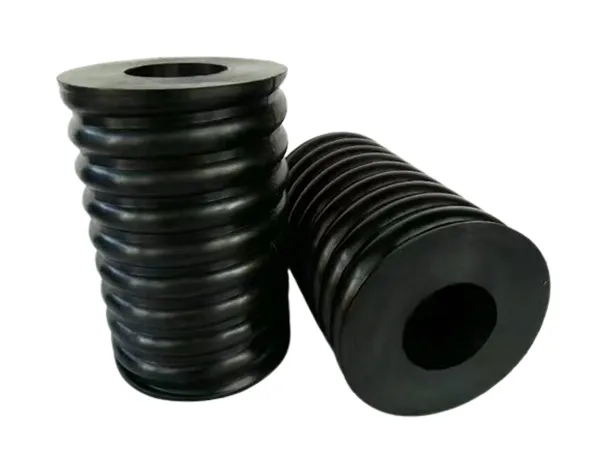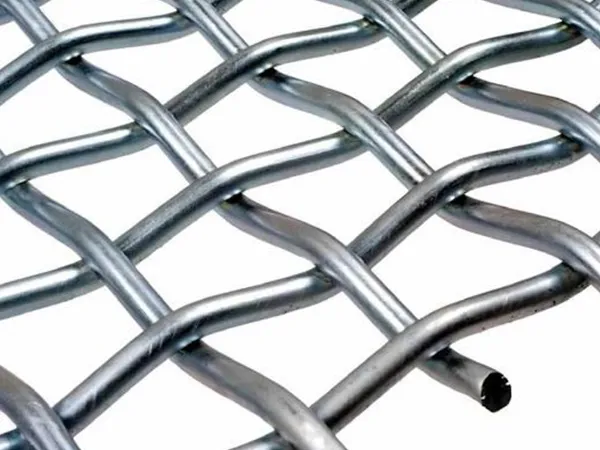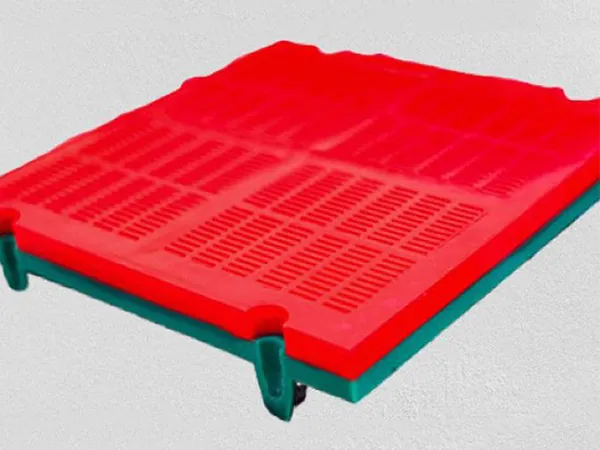
Vibratory feeder springs are essential components that enable the smooth and efficient operation of vibratory feeder systems. Their design and characteristics are carefully engineered to provide the necessary vibration, shock absorption, and stability required for reliable material handling in various industrial applications.
Reactor Springs: These are the primary springs in the vibrating system that continuously store and release energy during operation.
Isolation Springs: These springs are used to support the feeder while protecting the supporting structure from the generated vibrations.
Tuning Springs: These springs are used to tune the frequency of a natural frequency feeder. This is done by adding or subtracting springs, or by modifying the spring rate. Other feeder designs tune the frequency by adding or subtracting weights.
Vibration Generation: Vibratory feeder springs are designed to generate the vibratory motion necessary to move materials along the feeder tray or bowl. The springs are typically attached to the feeder base or frame and exert force on the tray or bowl, causing it to vibrate in a controlled manner.
Natural Frequency: The design of vibratory feeder springs is engineered to match the natural frequency of the feeder system. This ensures efficient energy transfer from the springs to the feeder tray or bowl, resulting in smooth and consistent material flow.
Adjustability: Some vibratory feeder systems incorporate adjustable springs, allowing operators to fine-tune the amplitude and frequency of vibration to suit specific material handling requirements. This adjustability helps optimize performance and throughput for different types of materials and feed rates.
Shock Absorption: Vibratory feeder springs serve as shock absorbers, dampening the impact of bulk materials as they are deposited onto the feeder tray or bowl. This helps prevent damage to the feeder system and ensures reliable operation over time.
Durability and Resilience: Feeder springs are typically made from durable materials such as steel or rubber, chosen for their strength, resilience, and fatigue resistance. These materials can withstand the repetitive loading and unloading cycles experienced during operation without compromising performance.
Alignment and Stability: Properly designed and installed feeder springs help maintain the alignment and stability of the feeder tray or bowl, preventing excessive movement or misalignment during operation. This ensures consistent material flow and prevents spillage or jamming.
Easy Installation and Maintenance: Vibratory feeder springs are designed for easy installation and maintenance, allowing for quick replacement or adjustment as needed. Regular inspection and lubrication of the springs are recommended to ensure optimal performance and longevity.

Flip flop screening panels are polyurethane elastomers that are formed by a casting machine at one time. The structural design of this polyurethane screen shows the characteristics of good abrasion resistance, good elasticity, high elongation at break and resistance to bending of the polyurethane elastomer.
READ MORE
The composite screen mainly solves the problems of low strength and short service life of ordinary woven mesh. It consists of surfing the Internet and supporting the Internet. It has high strength, rigidity and carrying capacity, and can effectively reduce vibration noise and increase the service life of the screen.
READ MORE
The high accelerations caused by the stretching of the screen pads and excessive expansion of the openings of the Trisomat vibrating screen deck result in virtually no clogging of the screen. Our experts will assist you in selecting the best screen materials and fixtures for your feed.
READ MORECopyright © 2023 Xinxiang Zongyuan Machinery Equipment Co., Ltd. | All Rights Reserved.